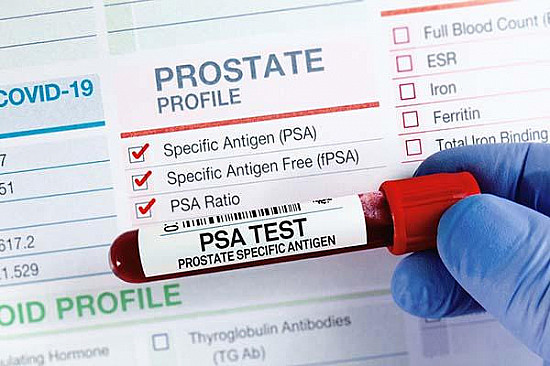What is transrectal ultrasonography (TRUS)?
Transrectal ultrasonography (TRUS) is a way of creating an image of the prostate gland using sound waves. In conventional ultrasound procedures, a probe placed against the skin sends painless, ultra-high-frequency sound waves into the body. As the waves strike internal organs, they produce echo patterns that a computer converts into images (sonograms) on a video screen.
Ultrasound tests are much more sophisticated than they used to be. For example, in TRUS, the doctor places a probe, called the ultrasound transducer, into the rectum. Painless sound waves scan the prostate gland in two planes. The resulting pictures (see Figure 1 below) often serve as a guide for a biopsy of the prostate, helping to pinpoint suspicious areas.
Doctors may recommend TRUS when they suspect prostate cancer based on an abnormal DRE or an elevated PSA. However, TRUS is costly, and it rarely detects prostate cancers that a DRE or PSA cannot find. As a result, although TRUS is commonly used to guide a biopsy, it’s not recommended for routine screening.
Figure 1: Transrectal ultrasonography
In this procedure, the patient lies on his side and a small probe (the ultrasound transducer) is placed in the rectum. Sound waves are beamed at the prostate, and the waves that are reflected back are transformed by a computer into images on a video screen. In the sonograph above, the irregular dark area within the prostate is a cancer. |
Originally published March 2009; last reviewed March 22, 2011.
About the Author
Disclaimer:
As a service to our readers, Harvard Health Publishing provides access to our library of archived content. Please note the date of last review or update on all articles.
No content on this site, regardless of date, should ever be used as a substitute for direct medical advice from your doctor or other qualified clinician.
















